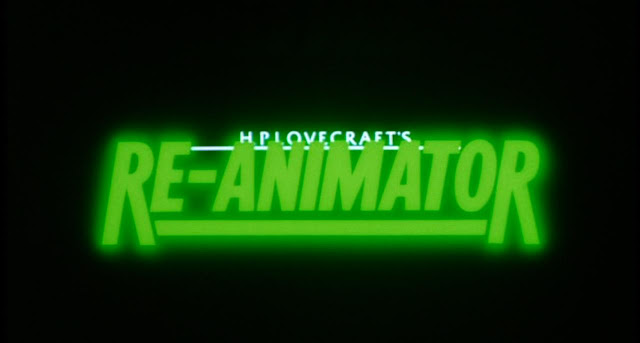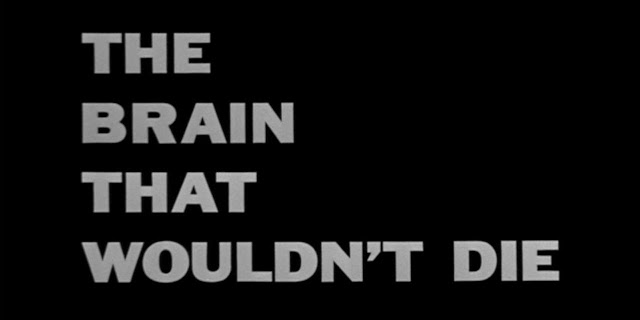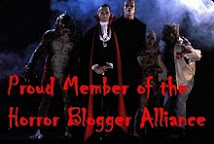One such movie is The Shining, which I've wanted to add to the Midnight Movie of the Week pile for ages yet have always been afraid to write about. And when I sat down with the newly released documentary Room 237 this week, I became completely aware of something I'd always assumed to be true - The Shining has been devoured by more intellectuals than any other horror movie ever made.
The good thing is that Room 237 gave me something of a cheat sheet for thinking about The Shining, though the effect it had on me is not the effect that was intended by many of the contributors to that film. For those who are not familiar with the documentary, Room 237 is explained in subtitle as "Being an inquiry into THE SHINING in 9 parts" and is in actuality filmmaker Rodney Ascher's mash-up of theories about Stanley Kubrick's horror film. That sounds like a boring idea for a movie - until you realize just how entertaining some of the crazy theories about The Shining that are floating around out there are.
Ascher took a very simple approach to making his film - he went out and found a few well-spoken, intelligent people who had spent too much time analyzing The Shining, and then he let them share their opinions and theories. The results are as wildly entertaining as Kubrick's film itself, because these commentators turn The Shining into everything from a metaphor for the destruction of native American races (which seems slightly plausible) to an admission that Kubrick helped fake the moon landing (which seems bat-stuff crazy). The ideas expressed within Room 237 can seem very ridiculous, which is exactly why the film becomes so engrossing, even when it seems that the "proof" behind most of the theories is "Kubrick was really smart and there's no way he didn't mean something with every detail." (I don't buy in to that mindset, but I like that people have it.)
While the ideas of the people in Room 237 seem like poppycock, the fact that people actually spent the time thinking about them and have convinced themselves to believe in them is terrifically exciting. As a film nerd I've always believed there's a great value in being able to come up with your own ideas about the movie you're watching, and that any movie that will inspire you to reconsider its reality is a movie worth talking about. And that matters, even if you're wrong about the movie. As a writer, I admit to often pitching my own perceptions of a movie and making assumptions about a film's meaning - that's essentially what film commentary is - and I love the idea that these people are out there obsessing this strongly over a film like The Shining.
Room 237 does not explain The Shining. I want that to be clear and - judging by the disclaimer at the beginning of the film and twice on the DVD packaging - Ascher wants that to be clear too. But Room 237 does perfectly explain why The Shining is such a memorable film. Kubrick turned Stephen King's novel into a nightmare, and the result is the kind of lucid dream that someone might have after they read the novel. It isn't true to the page and it doesn't always make sense and - just like a great nightmare - it leaves itself open to interpretation.
I've seen The Shining dozens of times, and I'm still not sure what my interpretation of the film is. Maybe Jack Torrance was just a crazy guy and the final shot was Kubrick's way of messing with the audience. Maybe it was just a parable about being stuck in purgatory and how parents drag their children to Hell with them. Maybe it's just an excuse to axe Scatman Crothers in the gut. I don't know. But, like the people in Room 237, I love thinking about it. I love talking about it. And now, thanks to Room 237, I'm excited to watch it one more time and to re-live that impossible nightmare known as The Shining.





































